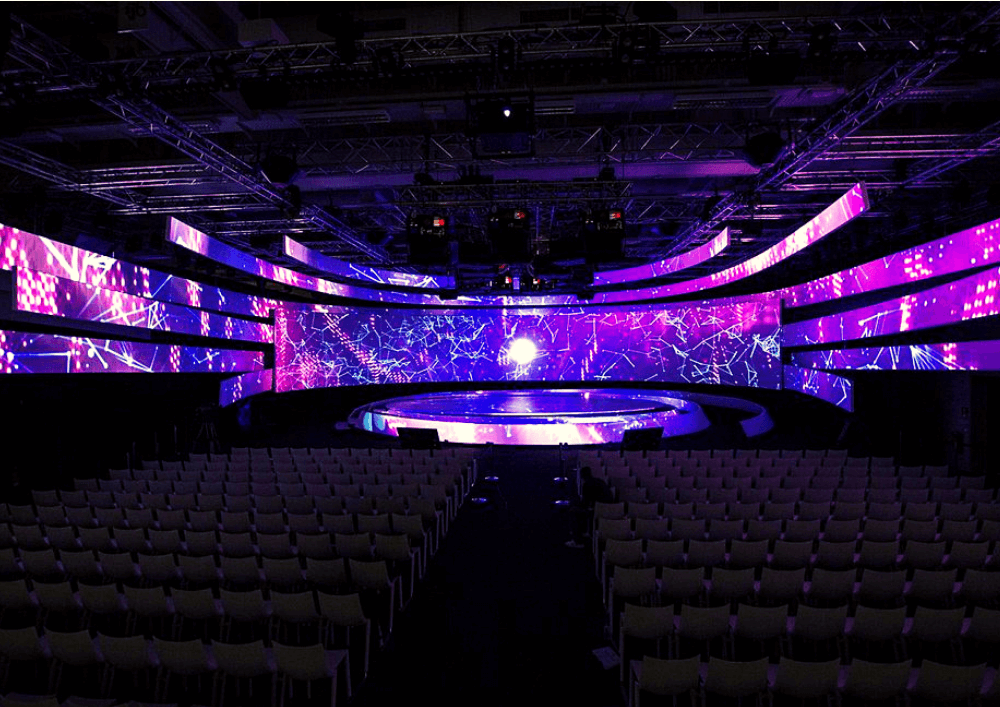Explaining Luminescent Wall Screen Illumination Metrics aiming at Optimal Visual Performance
Explaining Luminescent Wall Screen Illumination Metrics aiming at Optimal Visual Performance
Blog Article
LED wall panels have become more and more favored across different settings, from homes to businesses and public spaces. Such screens tend to be known for the vivid and vibrant visuals, that render these ideal to communicating data, ads, and entertainment. However, understanding the brightness levels of Light Emitting Diode panel screens is essential for guaranteeing ideal visual efficacy. Illumination is measured in units called nits, which indicate how much light is emitted from the screen. A greater number of quantity in nits, the brighter a display is. For instance, instance, one screen boasting one thousand candelas stands considerably more vivid compared to a with 500 nits, making this one better equipped in brightly lit settings.
As you selecting an LED panel screen, one becomes crucial in take into account the environment in which it will be used. In brightly lit spaces, such as retail environments and open-air locations, higher increased luminosity rate becomes essential for ensure visibility. Conversely, in darker environments, like cinemas and meeting spaces, lower diminished brightness level might suffice. This is because unnecessary luminosity in a dark environment may result in viewer discomfort among the audience, making them more difficult for concentrate with a screen. Thus, comprehending the particular needs of an setup site will aid with selecting the right brightness level for optimal viewing experience.
Another important factor for take into account the contrast differential proportion of the LED wall panel. The contrast ratio measures how much disparity exists between the brightest most luminous light and the dark shade which a screen is able to produce. A higher contrast proportion indicates the display can it is capable of show more detail and richness, thereby improves general visual quality. For instance, one screen boasting a contrast ratio at ten thousand to one is able to show images with more brilliant hues as well as that site sharper details compared to a featuring a ratio of 1,000:1. Such becomes particularly important in instances where displaying images and motion graphics which require high clarity as well as fine details, such as presentations or advertising material.
Additionally, the technology behind Light Emitting Diode panel panels plays an essential part in their illumination as well as total performance. Different kinds in LED technologies, including Organic Light Emitting Diode as well as LCD, possess distinct traits which impact how brightness is experienced. Organic Light Emitting Diode panels typically provide superior contrast and darker shades, which can improve the viewing experience in dim environments. On the other hand, standard Light Emitting Diode screens may be better in bright environments because of the ability to produce greater amounts in illumination. Comprehending these technological variances can guide consumers to making knowledgeable decisions based on their individual needs.
Finally, consistent maintenance and adjustment of LED panel panels can assist maintain optimal illumination and performance long-term. Dust and particles can accumulate in the screen, impacting the brightness as well as clarity in the display. Regular cleaning and expert calibration may guarantee that panel screen functions at top best, providing uniform image clarity. Moreover, some sophisticated LED wall panels come built-in built-in options which allow operators to modify illumination levels as well as color settings according to individual preferences. By implementing these measures, users will ensure webpage the LED Light Emitting Diode panel screens deliver an best visual efficiency, regardless of where environment where which these are used.